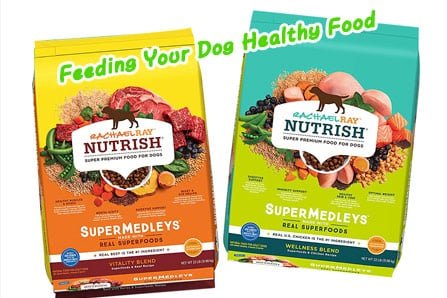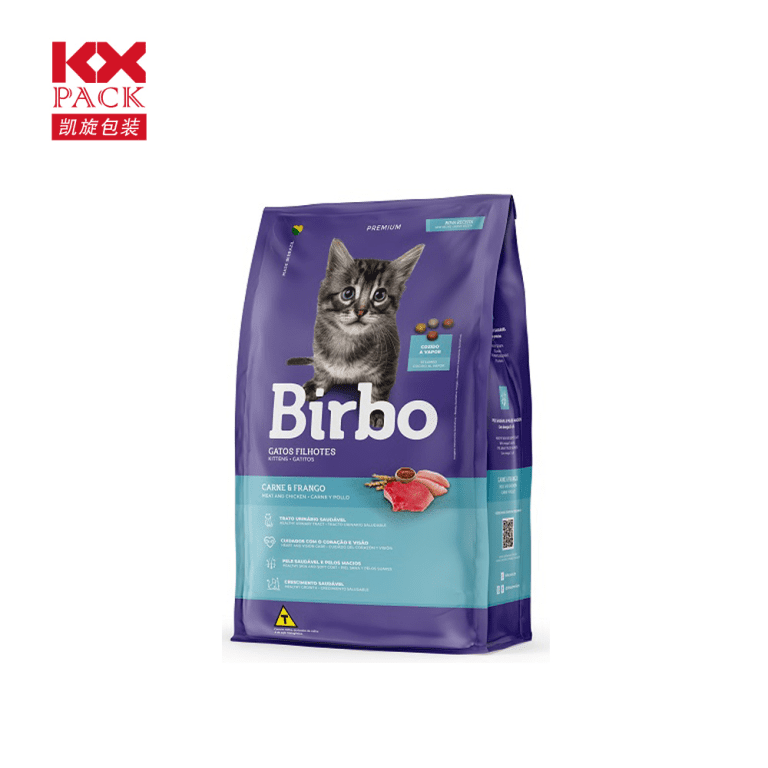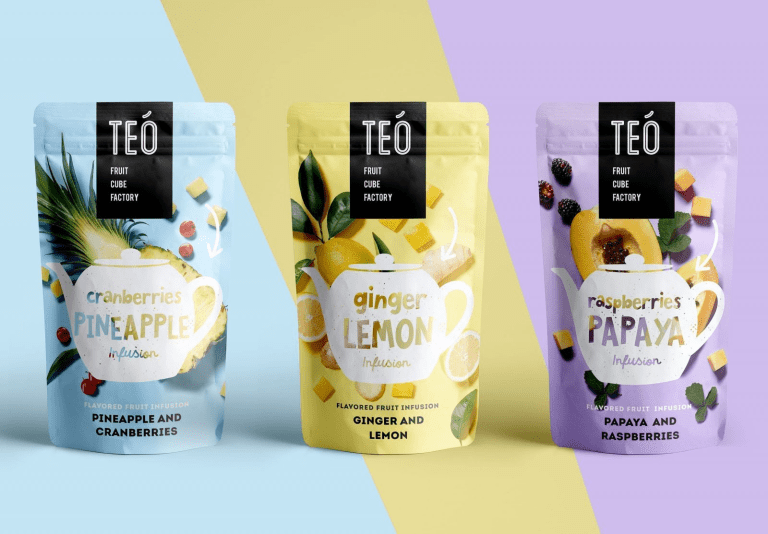Dog Food Bag-Feeding Your Dog Healthy Food

Feeding Your Dog Healthy Food With a Dog Food Bag
A dog food bag can be an excellent way to feed your dog healthy food. While most dog food bags come with general feeding guidelines, it is important to base your feeding decisions on your dog’s unique needs. Factors to consider include age, weight, and activity level. Puppies require more nutrients than adult dogs and should receive twice the recommended serving size.
The benefits of feeding your dog in a dog food bag
Many commercial dog foods contain a variety of chemicals that can be harmful to your dog. Commercially prepared dog food often includes high amounts of filler, which makes it harder for dogs to digest. It also often contains BHA and BHT, two chemicals that extend shelf life. Corn is also hard on your dog’s stomach and is often used as a dye in dog food. Food dyes can also cause obesity and contribute to your dog’s weight.
In addition to being bad for your dog, commercial dog foods can contain low-quality ingredients, such as corn, wheat, and soy. Some dog foods also contain by-products from animal farming that are rejected for human consumption. By-products can include feathers, beaks, eyeballs, and hair. You should always try to avoid feeding your dog food that includes by-products from animals. Organ meat is one of the most nutritious parts of an animal.
The best way to store your dog’s food is in a dry, air-tight container. This will help prevent the food from going bad before you can use it. It is also recommended to store your dog’s food in a cool, dry place. Humidity and heat will make the food spoil faster. Purchasing dog food in smaller packages is a great way to save money.

Choosing the right dog food bag: Factors to consider
There are many factors to consider when choosing the right dog food bag for your dog. While freshness and nutritional value are of primary importance, you should also consider the frequency of meals and your veterinarian’s recommendations. Here are some tips that will help you choose the right bag.
First, know your dog. Different dogs respond differently to different types of dog food. You should also look for information about the manufacturer. It is recommended to avoid dog food with BPA-based plastic packaging. Moreover, make sure that the food you are choosing has a label that lists the date of expiration. Choosing the right bag will make mealtimes less stressful for your dog.
Look at the ingredient list. Read the ingredients list to get an idea of the nutrients in your dog’s food. A high-quality food will list protein sources first. A meal is usually a processed, dehydrated form of protein, while whole, unprocessed proteins may appear in the second or third spot.
The Different Types of Dog Food Bags
When choosing dog food, it is important to read the label carefully. Not only does it tell you the brand name, but it also provides information on the ingredients included. This is especially important if your dog has specific dietary needs or allergies. Some manufacturers even have breed-specific formulas to help address specific dietary concerns.
Most dog food contains a nutritionally balanced composition, but every dog’s body is different and their needs vary. Some do better with higher protein levels while others do better with lower protein levels. Similarly, some dogs may need more fiber than others. It can take some trial and error to find the right combination of ingredients that works for your dog.
When choosing dog food, you should pay special attention to the AAFCO statement. This means that the food meets the standards of the Association of American Feed Control Officials (AAFCO). Using an AAFCO statement indicates that the food is balanced and nutritious. It is also important to consider the life stage of your dog when choosing dog food.
The Best Way to Feed Your Dog from a Dog Food Bag
There are a few ways to prepare healthy meals for your dog. You can cook different kinds of meat and vegetables for them, such as salmon, beef, and chicken. Dogs don’t have very particular tastes, so try to offer them a variety of flavors and textures. It’s also helpful to choose food that contains few fats and sodium.
Veggies are a great source of essential vitamins and minerals. But make sure to cook and puree them before feeding them to your dog. While vegetables can be delicious, they need to be thoroughly cooked to avoid upset digestion and a lack of flavor. Also, avoid preparing raw vegetables, because your dog’s body can’t split plant cell walls by itself, so your best bet is to use a food processor or blender.
Ingredient lists are a good way to get a good idea of what’s in the dog food you’re planning to feed your dog. According to the Association of American Feed Control Officials (AAFCO), the ingredient list must display the ingredients in order of their weight. The first three ingredients are particularly important because they indicate the formula type. For instance, vegetable-based formulas typically contain corn and rice, while meat-based formulas are made with chicken or fish. The AAFCO has set standards for the safety of common ingredients in pet food, which you can use to make informed decisions about your dog’s nutrition needs.





